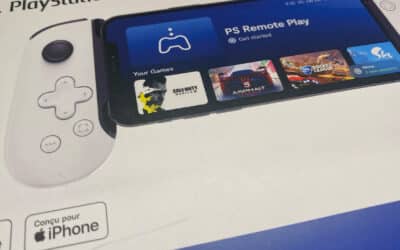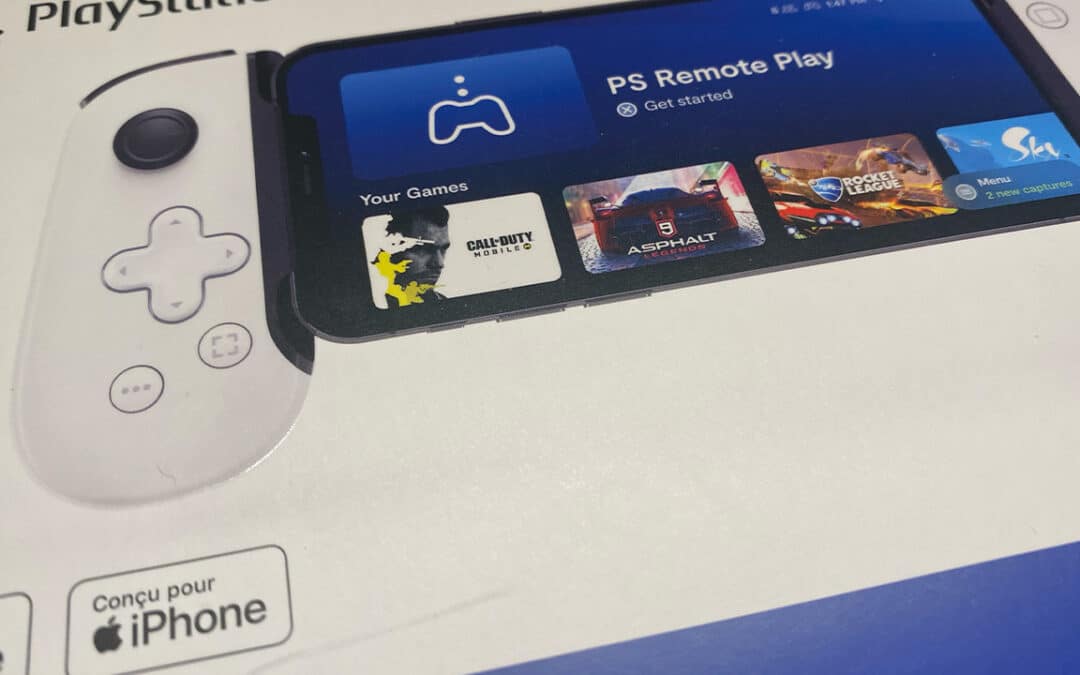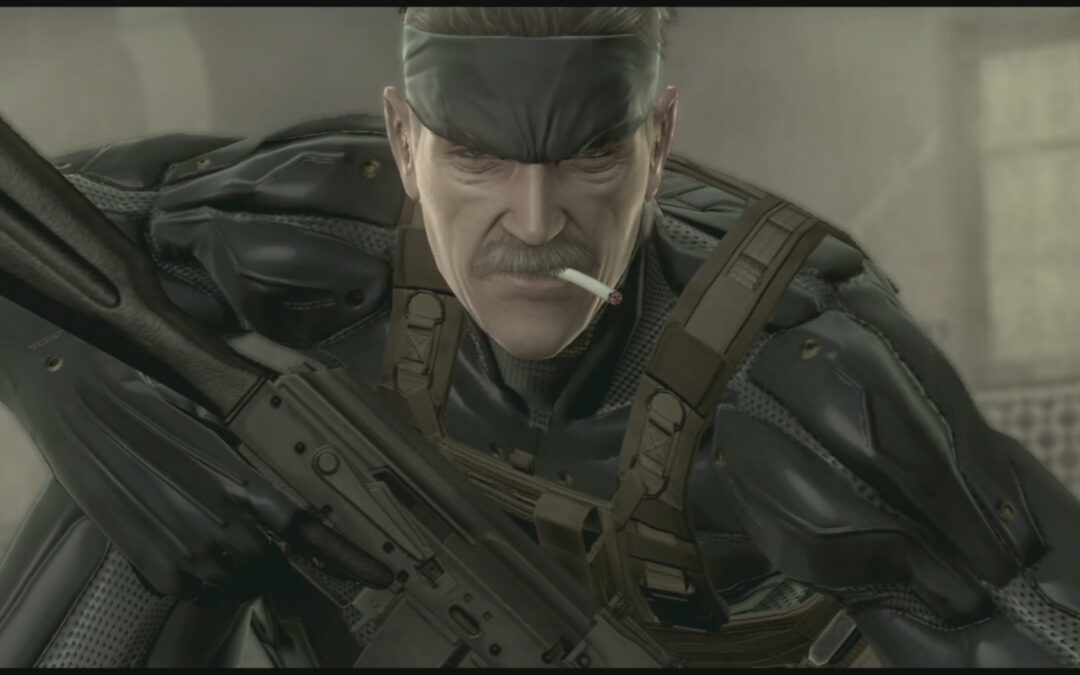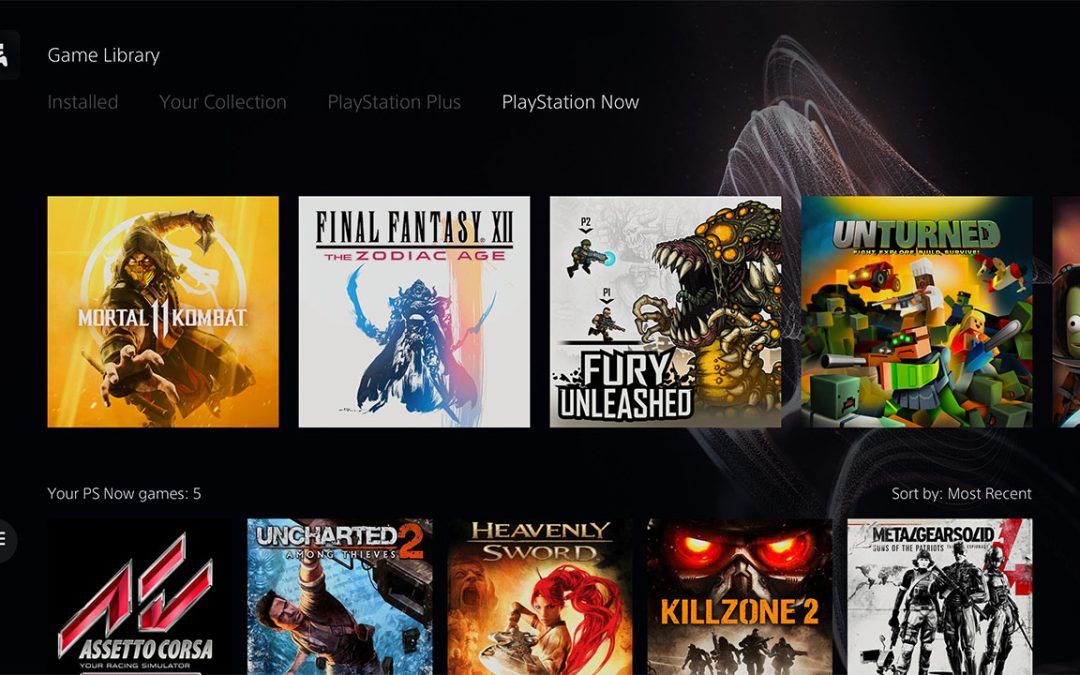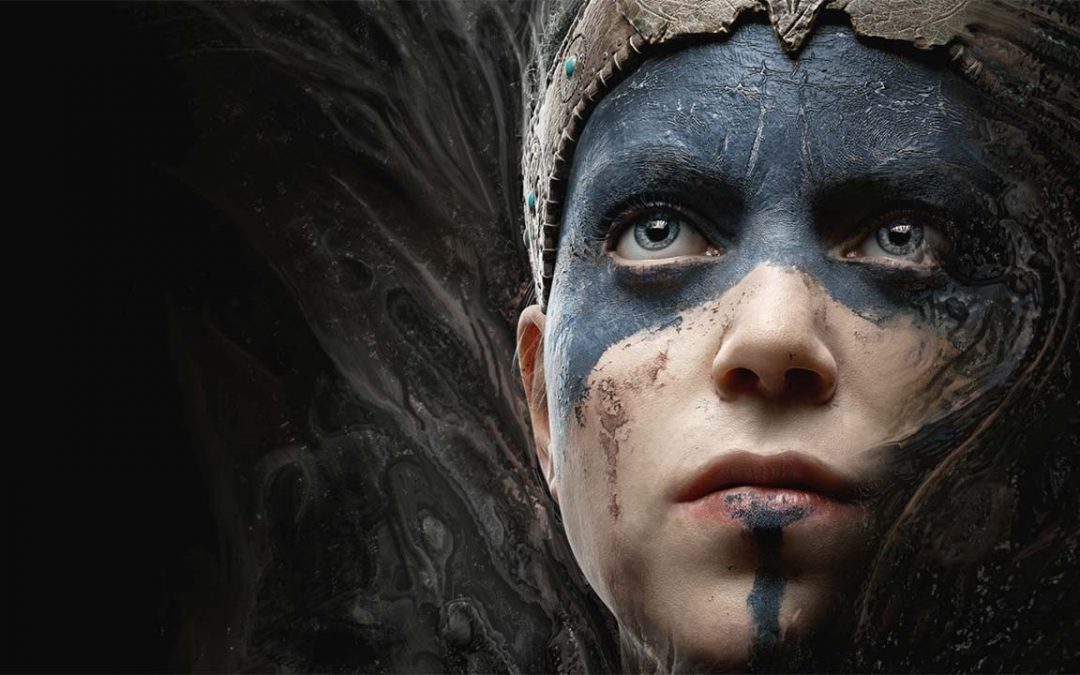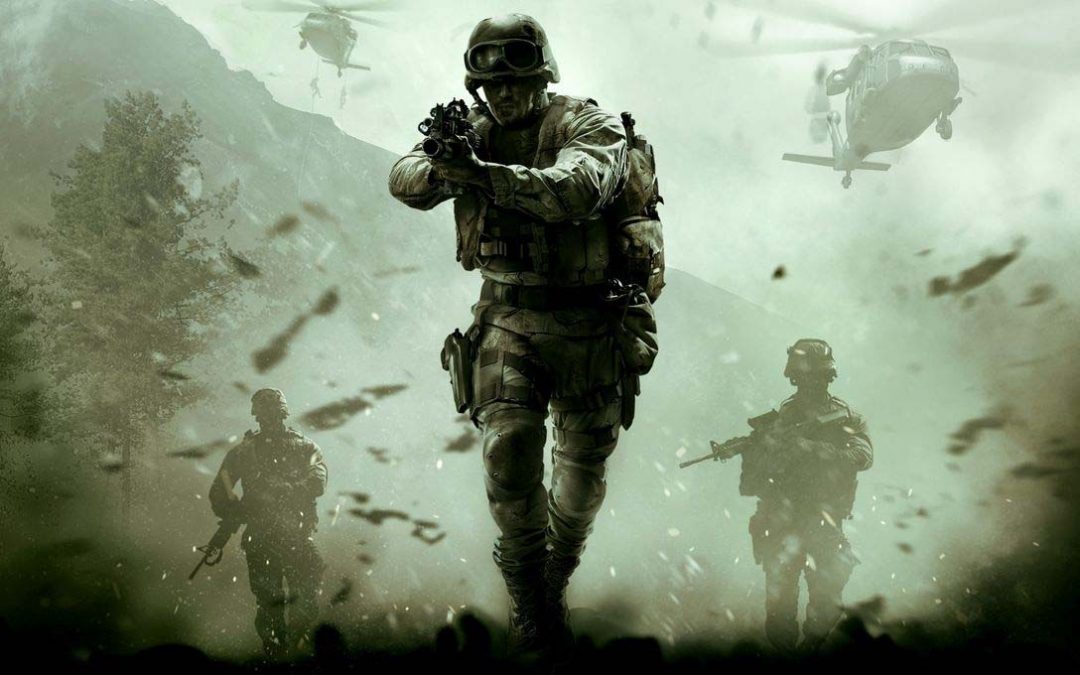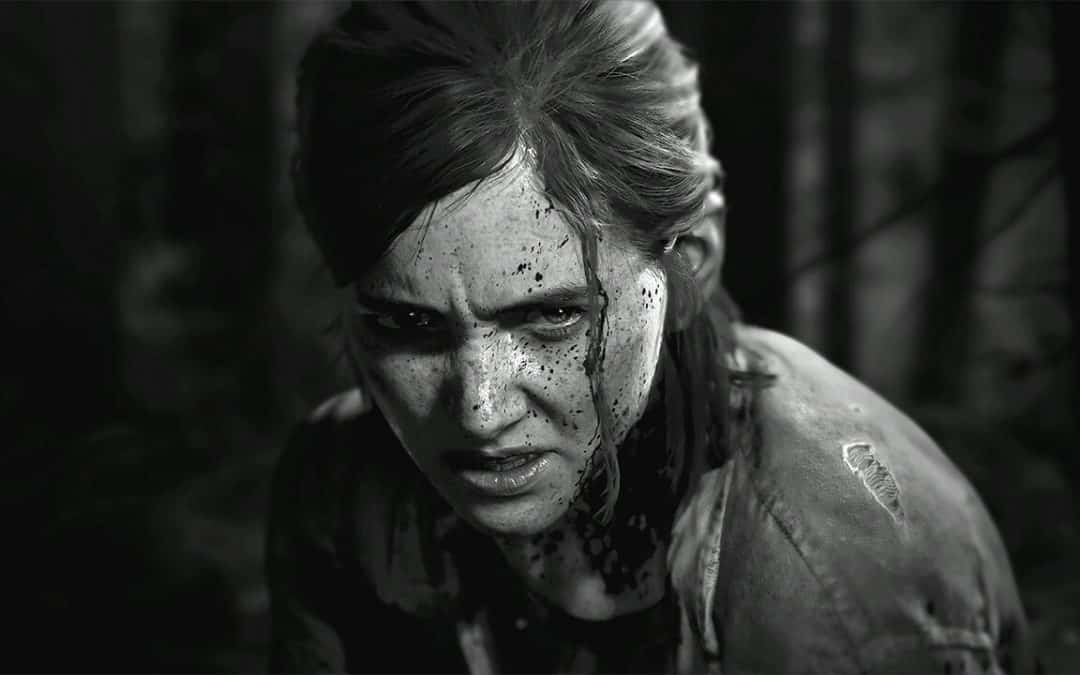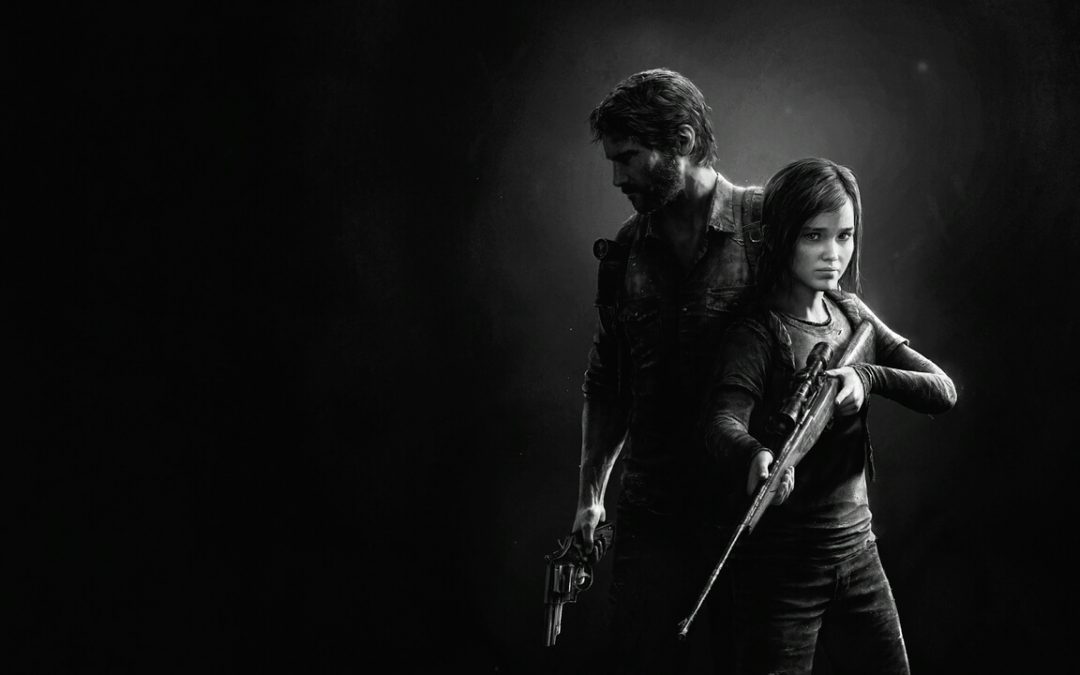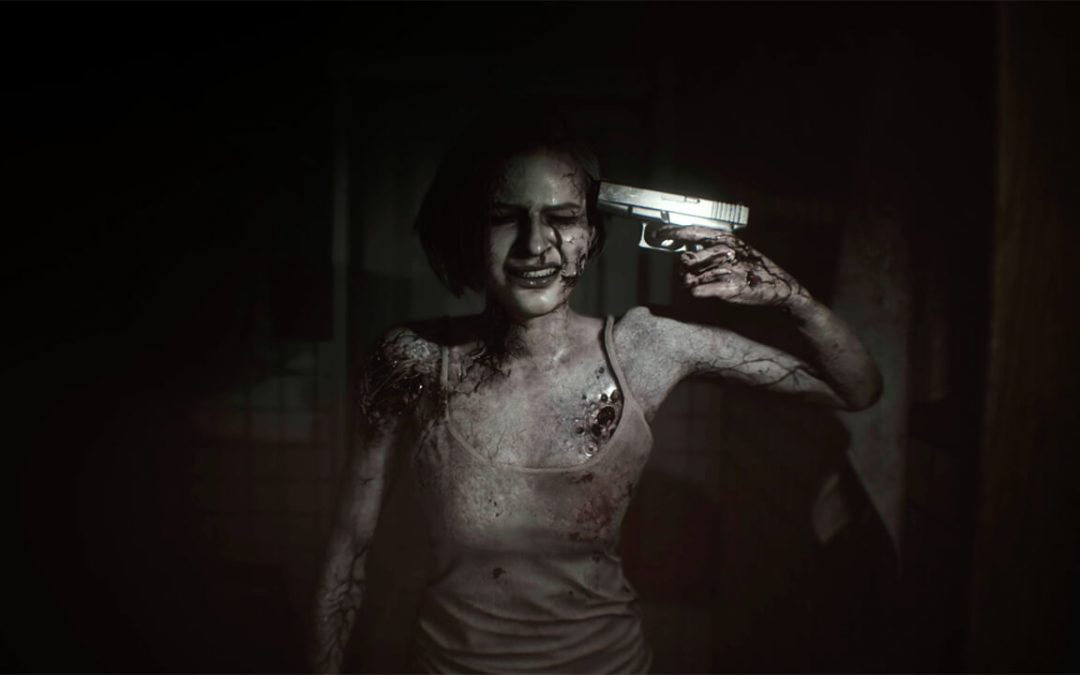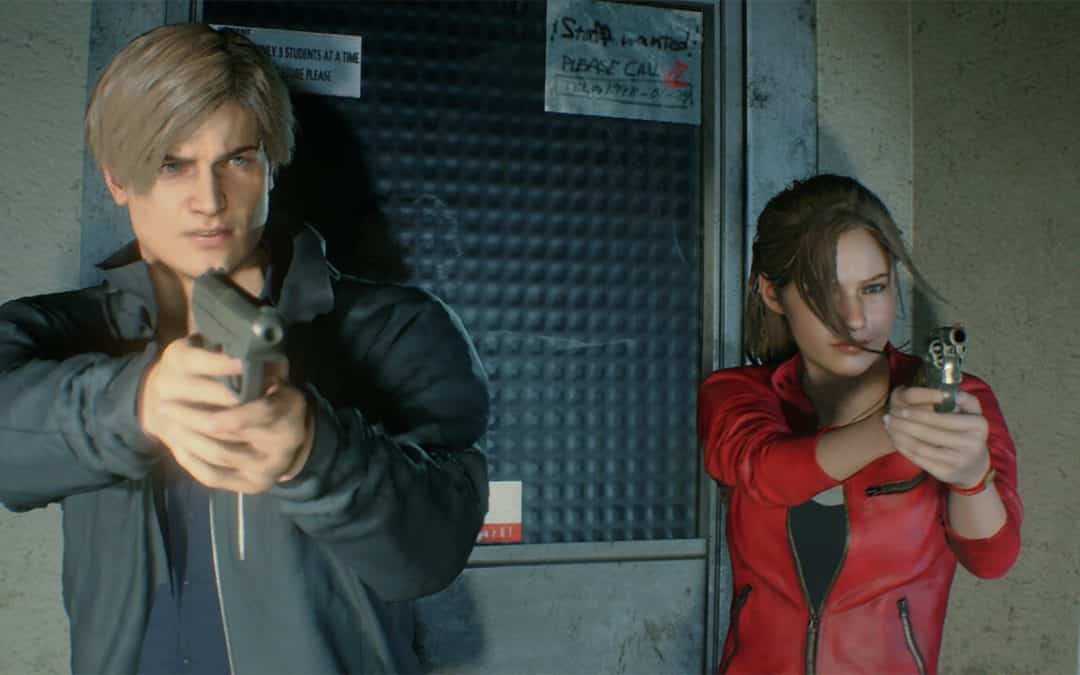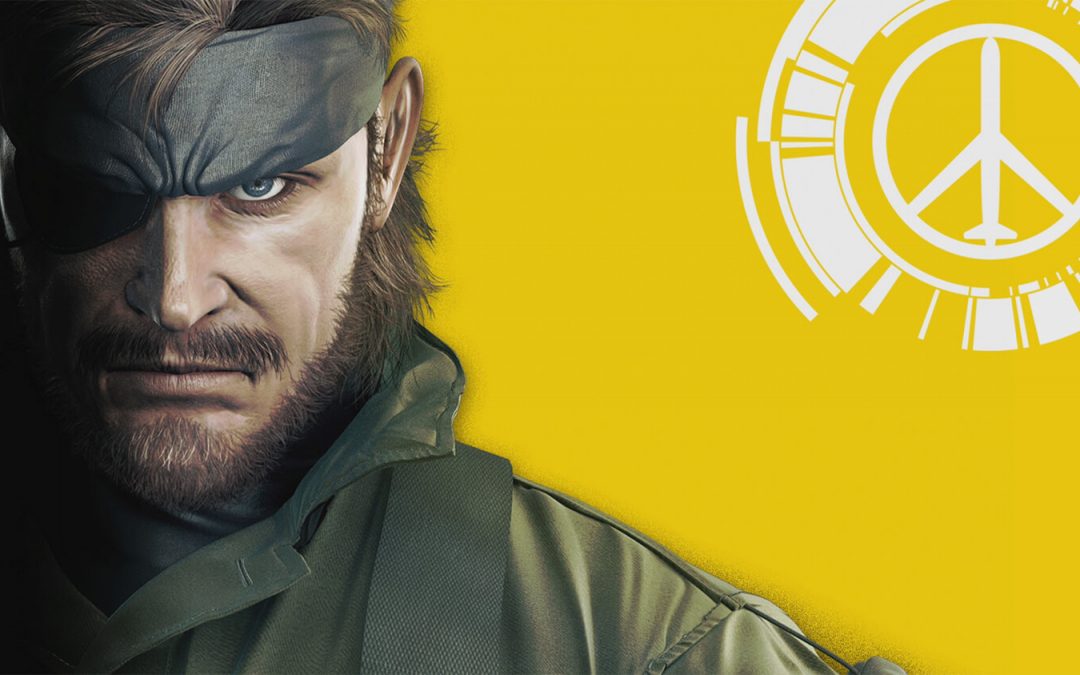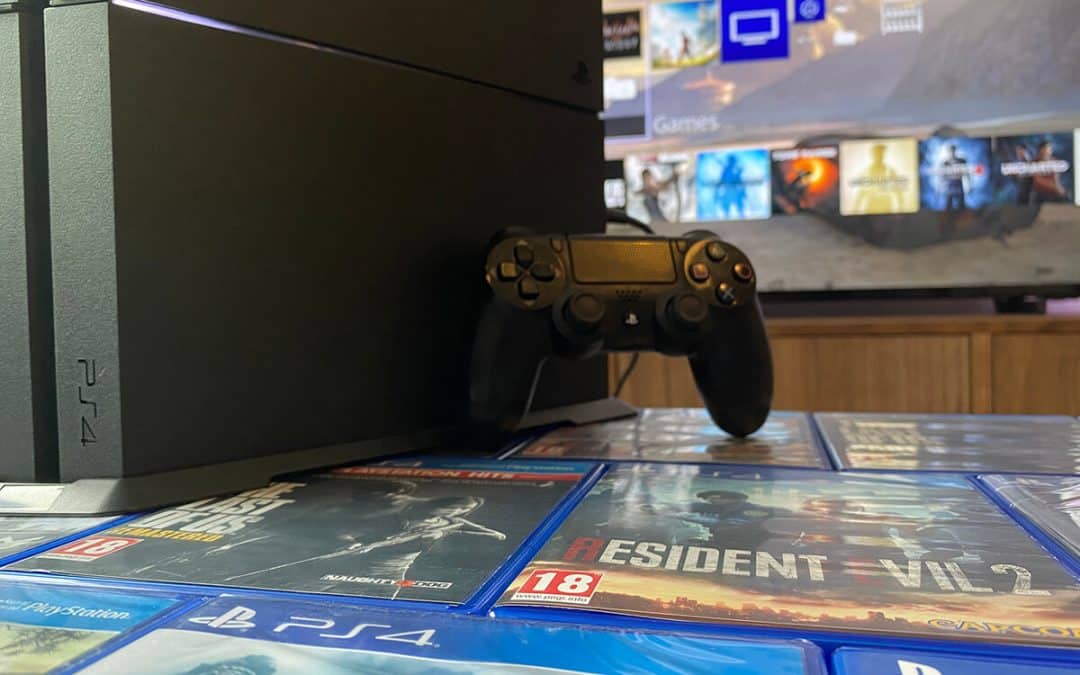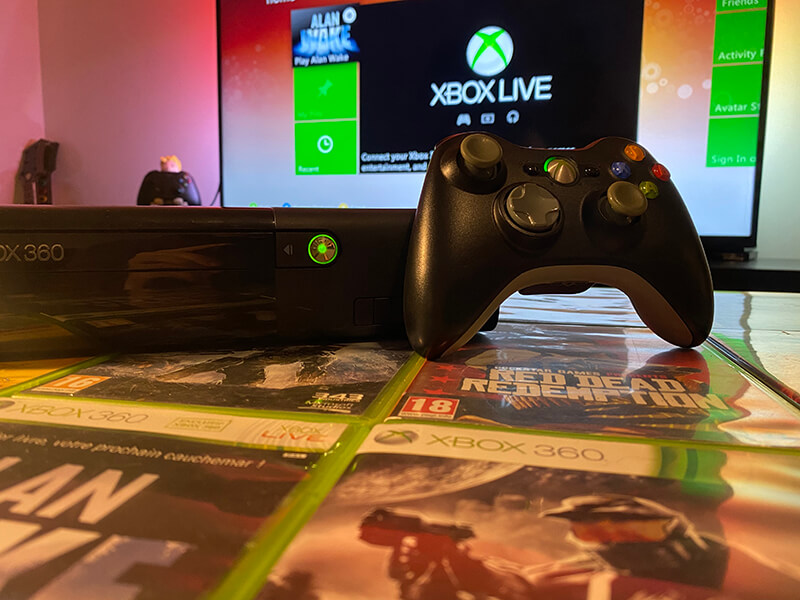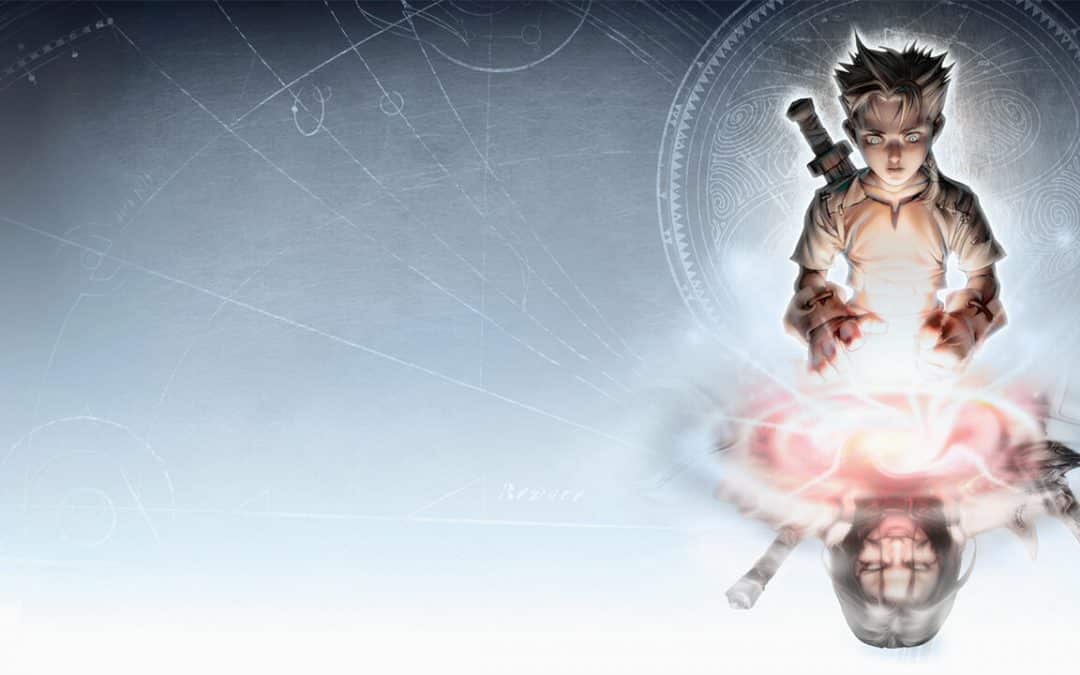Released in 2004 on the Gamecube, Metal Gear Solid: The Twin Snakes is the remake of Metal Gear Solid released 6 years earlier on the PSX. Is new always better?
—
Here’s a bit of context to understand this subjective review.
I’ve played through the first MGS countless times and still do when I find time for it. I’ve spent entire days playing MGS2: Sons of Liberty on PS2, PS Vita, and PS3. I traveled back in time with MGS3 and MGS5 (Ground Zeroes and Phantom Pain). Finally, timeline-wise, I completed Solid Snake’s adventures with Metal Gear Solid 4 on PlayStation 3.
While I’ve never played Metal Gear Rising—a spin-off in which you get to play as Ninja Raiden and get to slice everything that’s on your way— or the more recent Metal Gear Survive—another Spin-off that begins right where MGS5: Ground Zero ends and sends you and your crew in a parallel universe after a black hole sucks you in 🤔—, it was about time I discovered Metal Gear Solid: Twin Snakes, the only official remake of Metal Gear Solid (to date), developed by Silicon Knights, and exclusive to the Nintendo GameCube.
The Synopsis of Metal Gear Solid
If you are lucky enough not to know anything about Metal Gear Solid’s storyline, you can read the background story in my Metal Gear Solid (PSX) review — the scenario is unchanged, and the intrigue takes place on Shadow Moses Island, Alaska.
I recommend that you read this review by listening to the following MGS playlist, starting with The Best is Yet to Come (46:00) — a title that’s sadly absent from this remake due to copyright conflicts.
The first minutes
Having (re)played the PlayStation version just a couple of weeks ago, Twin Snakes feels like a sweet mix of old and new sensations. Being a fan, I have to say that I was super duper excited to replay Metal Gear Solid with updated graphics and MGS2’s sweet gameplay.
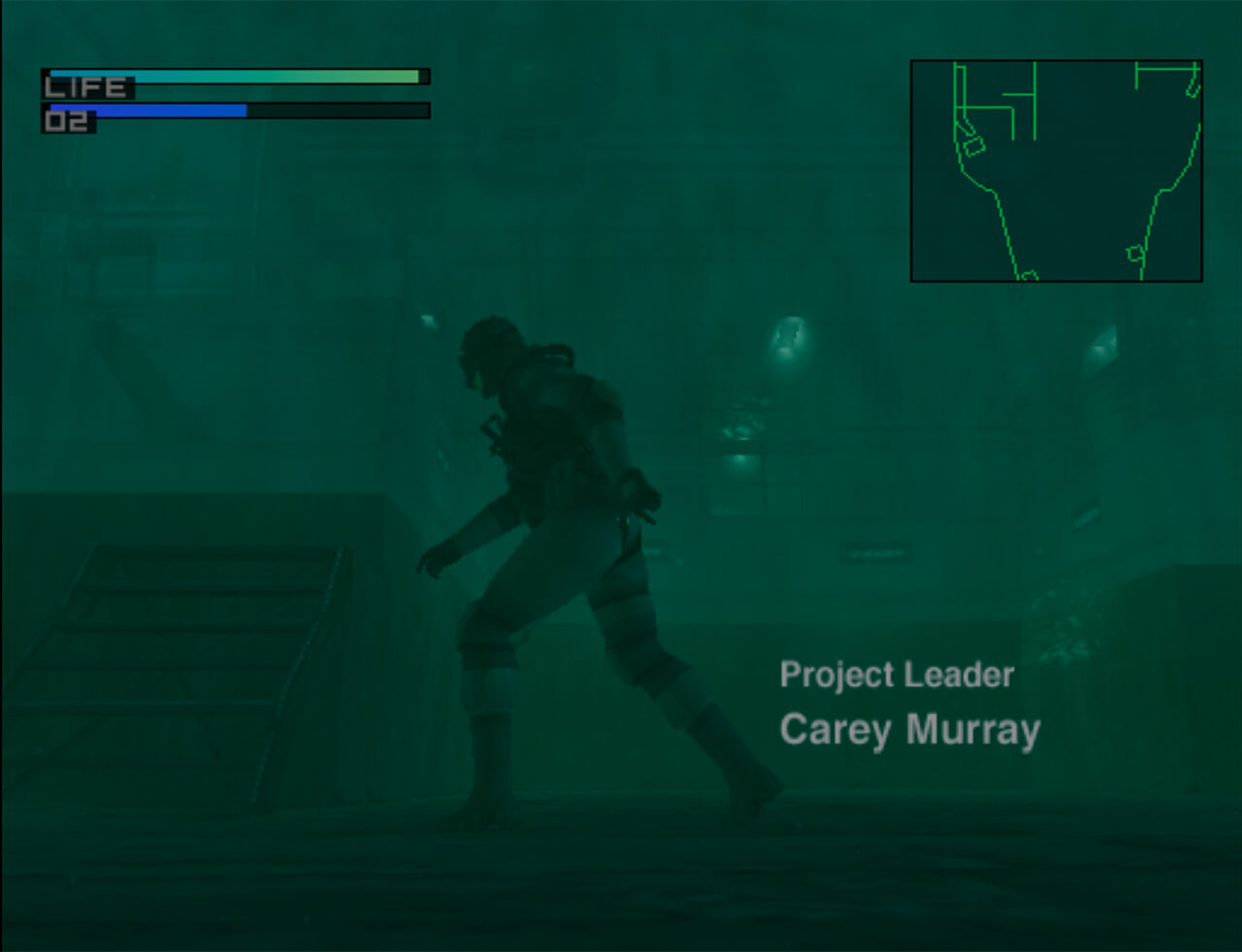
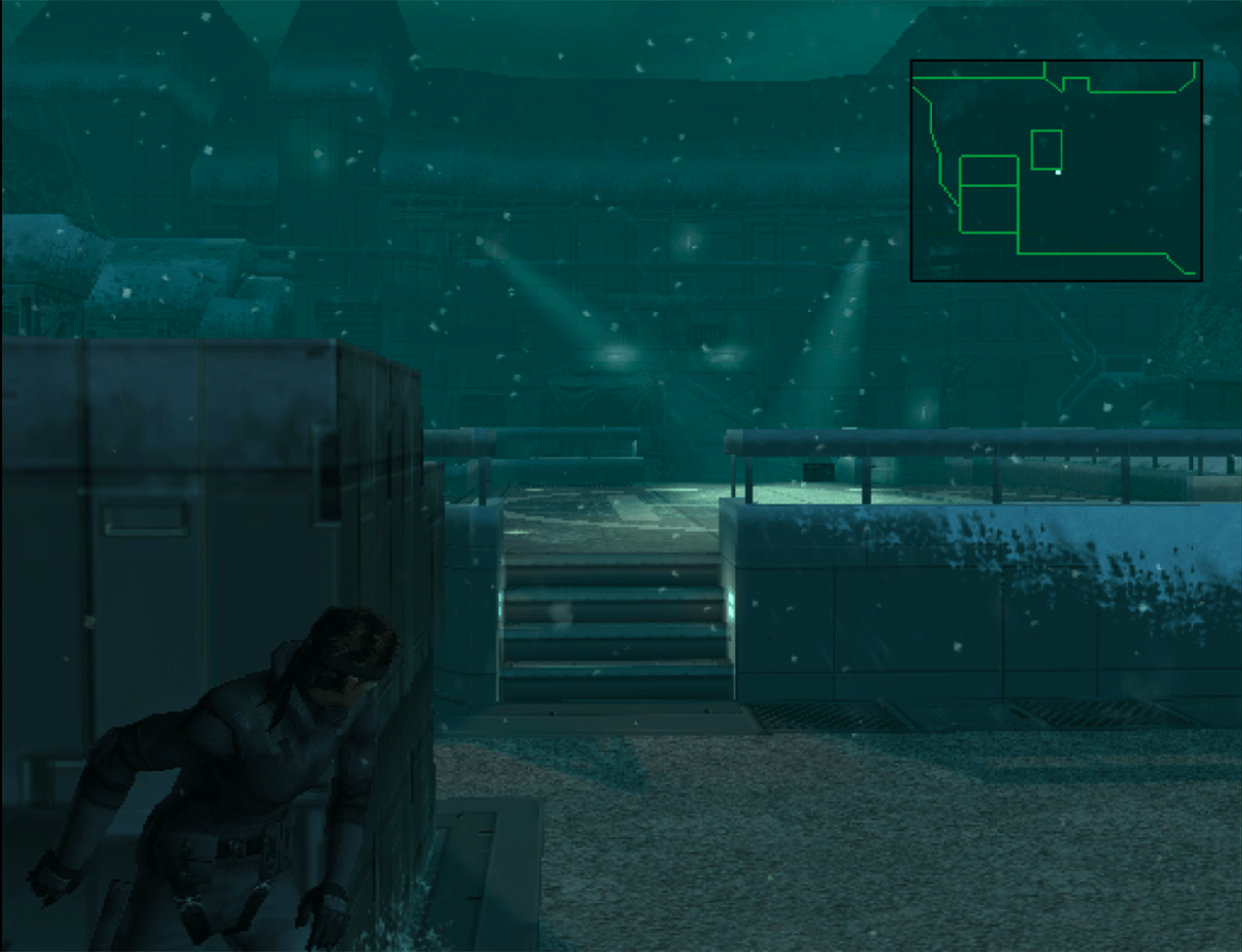
With the original in mind, the graphic upgrade of this remake is quite impressive.
Now, as soon as the game started, I started having mixed feelings. As much as I wanted it to be, The Twin Snakes is not a perfect game.
New look, new features, and new moves for Snake
The Twin Snakes runs with a slightly improved version of Metal Gear Solid 2’s game engine. With the GameCube being more powerful than the PS2, Twin Snakes looks even sharper than MGS2.
Snake can now do a bunch of things that weren’t possible in the original version. He can now roll, hide in closets, throw empty mags and adult books on the ground to distract guards, suspend on sharp edges, and hold soldiers at gunpoint in the first-person view to retrieve items and ammo from them. All in all, Snake feels brand new and can do much more than before.
So do your enemies.
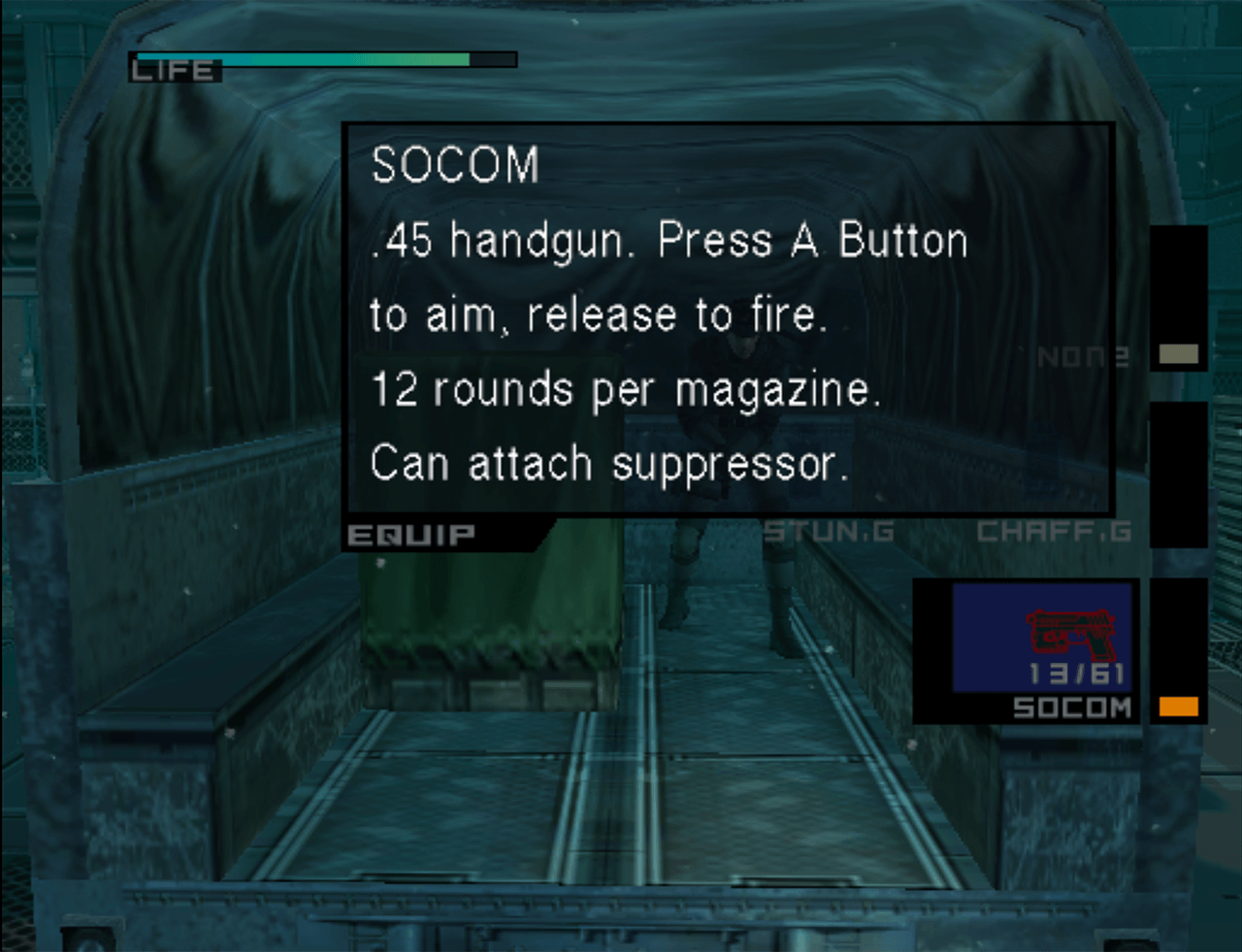
If you’ve played the original game, you’ll appreciate to re-discover some of the iconic places you already know.
A much better A.I. vs. the original, but…
I noticed immediately (playing the normal mode) that guards are smarter and can detect you from (much) further away than before.
In the original Metal Gear Solid version, guards could detect your presence from the steps you left in the snow, when leaving wet footprints on a dry floor, or, of course, if you’d enter their vision field.
In The Twin Snakes, guards’ vision fields have increased significantly, making it more challenging to move around without getting noticed. What’s more, Snake now bleeds when badly hurt, thus leaving bloodstains on his path, leading guards right to him. To prevent this, the player can sit or lay down for a bit, stay still to regain health, or use bandaids to stop the bleeding.
With that said, don’t expect much more from the AI. Enemies are as rational as one can be. They will follow their route and only deviate from it if you interact with them somehow. But that’s part of every Metal Gear Solid game, so it’s not surprising to see it happening here.
This remake has been and is still controversial for a couple of reasons I’ll now discuss.
An unbalanced result
Don’t get me wrong; Twin Snakes is a great game, BUT I’m convinced that it’s NOT better than the original PSX version, despite its new and shiny coat.
—
Read my review of Metal Gear Solid (PSX) to learn more.
—
Let’s start with the camera movements.
If you are used to playing more recent video games with free camera movements, you may be disoriented by Twin Snakes as the camera angles are the same as those of the original version. The same, yes, but with a teeny tiny twist.
The Twin Snakes adds something impossible until now (except when using Goggles, sniper rifles, or missile launchers): the first-person shooting view.
Kojima built the original MGS game design as a 3rd person action infiltration game. In The Twin Snakes, the FPS view completely changes the dynamic. It gives the player more control and makes some parts of the game a lot easier.
If you play your cards right, you can easily spot and dispose of guards and security cameras without breaking a sweat. Actually, you don’t even need to kill guards anymore. You can simply put them to sleep using tranquilizing weapons.

Solid Snake can count on Mei Ling and a full team of experts to survive his mission.
The (infamous) M9
The Twin Snakes brought the ability to put enemies to sleep using tranquilizers such as the M9 or the PSG1 (Sniper rifle). Absent from the original opus, tranquilizing weapons were initially introduced during the Tanker Episode in Metal Gear Solid 2 and have been part of all episodes of the Metal Gear series ever since.
You don’t need to be a sharpshooter to put someone to sleep. You need to shoot a body part (head and other vital parts make the process faster) and wait for soldiers to fall asleep.
While I enjoyed playing the game without killing anyone, I found it too easy to dispose of enemies silently from afar using the M9. The main problem here is that Twin Snakes introduces new game mechanics in an outdated game design.
A high-quality but debatable soundtrack
The original Metal Gear Solid soundtrack is incredible. If the voice cast and music are still outstanding, the ambient sounds of the OG games now show evident signs of age.
The Twin Snakes corrects it, completely revamping MGS’s soundtrack for the better and the worse. The voice cast is excellent, and the ambient sounds refreshing.
But the soundtrack is, in my opinion, a major buzz kill.
Let’s illustrate it with one of the most iconic scenes from Metal Gear Solid.
Here’s the original version:
And here’s the remade version:
It sure looks better, but I don’t think the music fits at all. And I was pretty disappointed to see that it repeatedly happened throughout the adventure, denaturing classic scenes and leaving me with a taste of unfinished business.
Boss Battles are still epic (but…!)
Boss battles define Metal Gear games. They are usually what players remember the most, years after completing the games.
Here, Twin Snakes shouldn’t disappoint players as it sublimates the original titles’ battles. I did enjoy fighting Sniper Wolf, Gray Fox, or Psycho Mantis, but some things felt out of place.
First, the FPS view changes the dynamic. For instance, when fighting Revolver Ocelot in the original PlayStation version required you to chase him and wait for the right moment to shoot, you can now terminate him in 20 seconds using the FPS view, thus annihilating the epicness of the battle.
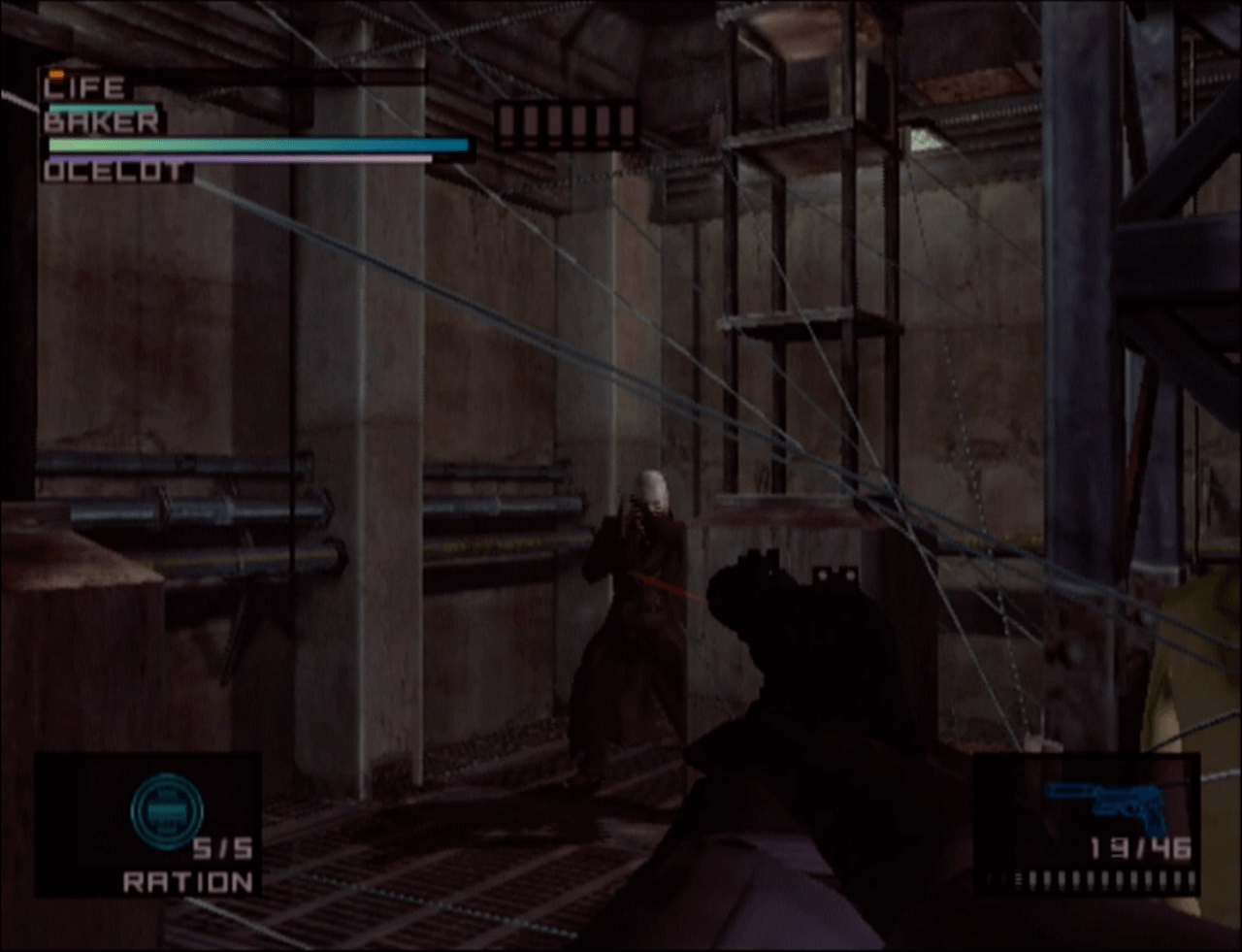
I was also very disappointed to see that developers removed a chunk of the battle against the Ninja and replaced it with a cutscene. WHY?
Lastly, I wasn’t impressed by the updated soundtrack during boss fights. This is subjective, but I still prefer the PSX game OST.
Check our original review for more information on the bosses.
New (and crazy) cutscenes
Oh my. What I said before about the soundtrack is also true for the cutscenes.
The result is uneven; Some scenes gain in epicness, and some become ridiculous.
When, in the original game, Snake takes a helicopter down with a missile, he rides a rocket to find himself in the ideal position to shoot the aircraft down in The Twin Snakes. Added to the overuse of aged Matrix-like slow-motion effects, this is not my cup of tea.
In some ways, it feels like a different game altogether. The 1998 version contained long and calm scenes where characters had long discussions about DNA, nuclear weapons, the ravages of war, etc. And that was just fine. In TTS, while the chats are pretty much the same, developers felt the need to add unnecessary interactions and impossible bumps and jumps, turning MGS into a bit of a joke at times.
I understand the will to try and make things better, faster, and sexier than they were at first, leveraging new technologies, but the added moves turned Solid Snake into something he’s not, and it does not fit.
How long to beat The Twin Snakes?
Count about 15 hours to complete the adventure (if you don’t skip cutscenes and radio conversations) in Normal mode.
No VR missions, and a new challenge: the dog tags hunt
The last point I’d like to discuss in this review is the dog tags hunt.
Initially introduced with MGS2, dog tags are identification plaques that each soldier wears. And you can try to get them all if you feel up to the task.
Now, to do that, you need to hold each guard at gunpoint to have them drop their tags—and do so for each difficulty mode (hard and extreme difficulty levels being particularly intense).
YouTube is filled with tutorial videos to follow to catch them all.
It is a fun challenge that should keep you busy for another 40 hours since you have to finish the game in all difficulty levels. Now, the dog tags hunt could have given TTS a lot more interest if you’d get something out of it. But you won’t.
In direct contrast with MGS2’s dog tags hunt, you won’t receive anything from hunting the 154 dog tags in Twin Snakes. And that’s too bad, especially when considering the absence of virtual reality missions.
–
If you’re looking for VR missions, you can play Metal Gear Solid HD Collection. It includes MGS2: Sons of Liberty, MGS3: Snake Eater, and MGS: Peace Walker. MGS2 HD comes with a whopping 511 VR missions to complete.
Verdict: good buy, or goodbye?
Metal Gear Solid: The Twin Snakes is everything but a lazy remaster.
However, it is a game that suffers the comparison with the outstanding original version—Something that, for instance, Capcom managed admirably with Resident Evil 2 Remake.
Having played countless times to the original version, TTS and its odd additions (surprising soundtrack, anime-like cutscenes, updated boss fights, etc.) made me miss the 1998 version. I knew that Twin Snakes started a lot of tough love conversations between the fans of the original and those who prefer this newer version, and I now understand why.
To conclude, MGS: TTS is a good spin-off. It does not convey the MGS spirit that Hideo Kojima and his teams worked so hard on throughout the franchise, but it’s still fun to play.



